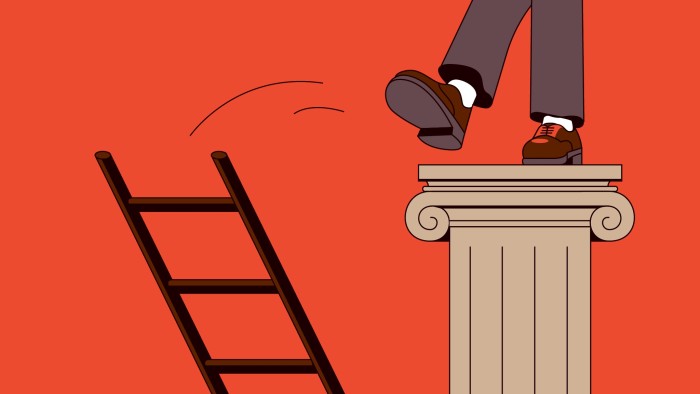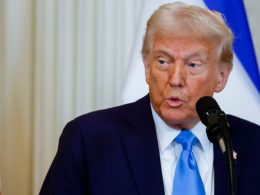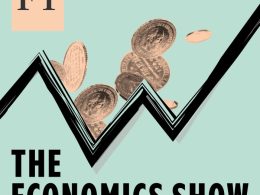Stay informed with free updates
Simply sign up to the Life & Arts myFT Digest — delivered directly to your inbox.
How does each country select its economic elite? What are the differences between, say, US and Chinese elites? The new World Elite Database (WED) offers the best comparative data yet, drawn from 16 countries that account for one third of the world’s population and 54 per cent of global GDP. One fascinating early fruit is the paper, “Varieties of Economic Elites? Preliminary Results From the World Elite Database”.
First, a caveat. A country typically has three distinct, often rivalrous elites: the political, cultural and economic. The WED defines the economic elite, in turn, as a mix of three groups: bosses of big companies, rich asset-owners, and the politicians and others involved in regulating the economy.
The paper shows that economic elites are even more male-dominated than cultural and political elites. But in another sense, the economic elite is converging with rival elites. It is increasingly credentialled, typically boasting advanced degrees in business, economics or law. The cultural elite’s centuries-old sneering at uncouth economic elites is becoming untenable. Within economic elites, the least educated group are asset owners, such as Italian heirs of family companies.
Each elite has its own specific educational credentials for admission. The British criterion has historically been an undergraduate degree from Oxford or Cambridge. What the degree is in matters less. Thirteen per cent of Britain’s economic elite studied humanities, the highest proportion of the 16 countries. By contrast, Germany doesn’t have elite universities, so 36 per cent of its economic elite differentiated itself by earning a PhD.
Once a family cracks the elite, it can often stay in it until wars or revolutions destroy the existing order. The west’s “long peace” since 1945 has allowed elites to reproduce themselves, recruiting their own sons. The French elite, for instance, is increasingly born in central Paris. That reduces the space for ambitious provincials.
Stable elites tend to be old. The median age for economic elites in 15 countries ranged from 55 to 60. In the US, it was 62. Why does a country known for economic dynamism have the oldest elite? One explanation comes from the economist Thomas Philippon. Big US corporations have captured the political system and regulators, blocking new entrants and establishing monopolies and oligopolies. Think of Facebook buying its rising competitors WhatsApp and Instagram. That’s how the US tech elite that emerged between 1995 and 2004 has largely stayed on top.
By contrast, Poland and China, which entered global capitalism late, have the youngest economic elites, especially as regards bosses and asset-owners. China’s elite has other unusual characteristics. Its members are more likely than any other national elite to be rural-born, while 34 per cent of them studied engineering, the highest proportion after Chile. Cheng Li of the Brookings Institution notes that many Chinese decision-makers studied aeronautics and astronautics, and have expertise in IT, nuclear and aerospace technology, shipbuilding, 5G, robotics, material science, life science, environmental science and artificial intelligence. The US elite is more financialised.
Today’s Chinese technocrats often studied in the west, Japan or Singapore. That fits a broader trend for economic elites to be educated abroad, increasingly at business schools like Harvard and Insead. Some elites are becoming international. In the UK, 45 per cent of the economic elite is foreign-born.
How can today’s elites survive populism? One response is to reform. Since Britain’s anti-elitist shock of Brexit, Oxford and Cambridge have diversified their intakes. One in seven of Oxford’s British students now comes from the UK’s most socioeconomically disadvantaged groups. Twenty-nine per cent of the university’s intake in 2023 was “BME” — Black and minority ethnic. That exceeds the BME proportion of the general population for this age group, but not because of affirmative action: BME people disproportionately get outstanding A-levels.
Here again, the US elite is better entrenched. America’s leading universities practise affirmative action for rich people, using methods like very unequally funded primary and secondary education, high tuition fees and preferential admission for the well-connected. A study in 2019 found that 43 per cent of white students admitted to Harvard were recruited athletes, the children or descendants of alumni or staff, or had relatives who donated to the university.
They say it’s hard to get to the top, and harder to stay there. For elites, though, staying in might be quite easy.
Email Simon at simon.kuper@ft.com
Find out about our latest stories first — follow FT Weekend Magazine on X and FT Weekend on Instagram









